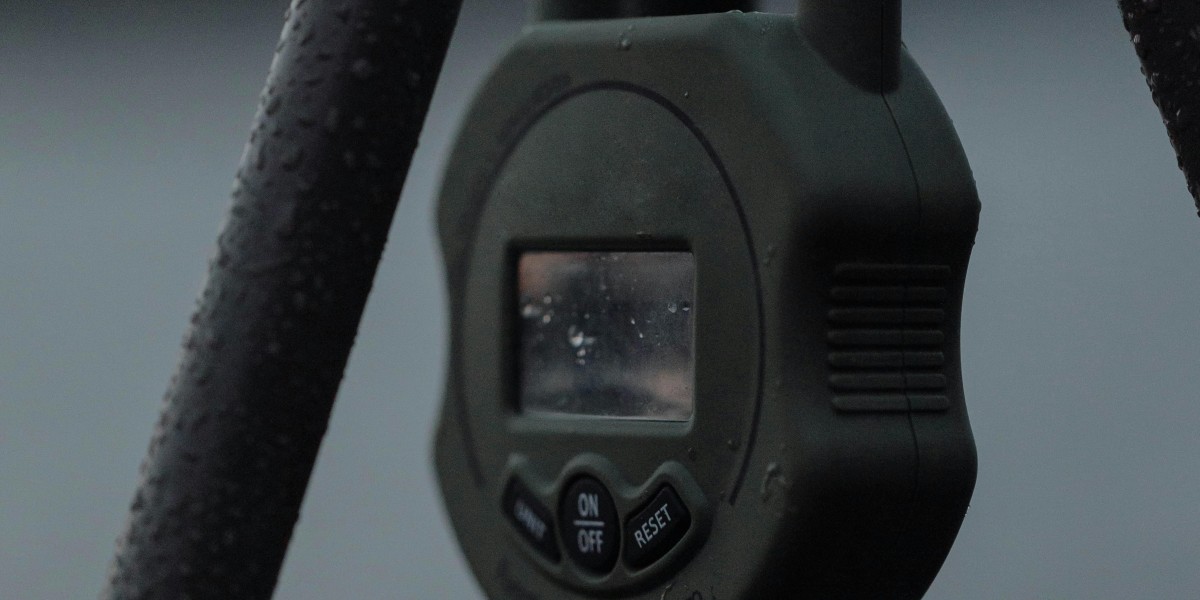Mastering Jig and Fixture Design: Enhancing Precision and Efficiency in Manufacturing
Introduction
In modern manufacturing, achieving accuracy and repeatability is crucial for quality production. Jigs and fixtures play a vital role in guiding tools and securing workpieces, enabling consistent and efficient machining. While often used interchangeably, jigs and fixtures serve distinct functions in the manufacturing process. This delves into their differences, benefits, and applications across various industries.
What Are Jigs and Fixtures?
Jigs and fixtures are specialized tools designed to improve manufacturing accuracy, efficiency, and safety.
- Jigs: A jig is a guiding device used to control the location and movement of cutting tools. It ensures that machining operations, such as drilling and tapping, are performed accurately without requiring manual measurements.
- Fixtures: A fixture is a clamping device used to hold a workpiece securely in place during machining, welding, or assembly processes. Unlike a jig, a fixture does not guide the tool but ensures stability and precision.
Key Differences Between Jigs and Fixtures
| Feature | Jig | Fixture |
|---|---|---|
| Function | Guides cutting tools | Holds workpieces securely |
| Tool Movement | Controls the tool path | Does not control the tool |
| Application | Drilling, reaming, tapping | Milling, grinding, welding |
| Complexity | More complex due to guiding mechanisms | Relatively simple design |
Benefits of Using Jigs and Fixtures
1. Improved Accuracy and Precision
Jigs and fixtures eliminate manual errors, ensuring that each part is produced with high accuracy and consistency.
2. Enhanced Productivity
By automating alignment and securing processes, jigs and fixtures reduce setup time and increase production speed.
3. Cost Efficiency
These tools minimize material wastage and rework, leading to cost savings in mass production.
4. Increased Safety
By holding workpieces securely, fixtures prevent unwanted movement, reducing the risk of accidents during machining.
Types of Jigs and Fixtures
Types of Jigs
- Drill Jigs – Used for precise hole-making operations.
- Template Jigs – Contain a predefined template for accuracy.
- Open Jigs – Provide accessibility for easy loading and unloading.
- Leaf Jigs – Feature a hinged cover to hold small components.
Types of Fixtures
- Milling Fixtures – Used in milling machines for stable machining.
- Turning Fixtures – Assist in lathe operations for cylindrical workpieces.
- Welding Fixtures – Hold metal parts in place for accurate welding.
- Grinding Fixtures – Secure components during grinding processes.
Applications of Jigs and Fixtures
- Automotive Industry – Ensuring precise drilling and welding in vehicle assembly.
- Aerospace Industry – Producing high-precision aircraft components.
- Electronics Manufacturing – Assisting in PCB assembly and soldering.
- Metalworking Industry – Enhancing machining accuracy in cutting and shaping processes.
Conclusion
Jigs and fixtures are indispensable tools in modern manufacturing, improving precision, efficiency, and safety. By understanding their differences and applications, industries can optimize production processes and achieve higher-quality outcomes. Investing in well-designed jigs and fixtures leads to enhanced productivity and cost savings, making them essential components in industrial operations.


